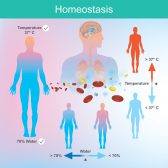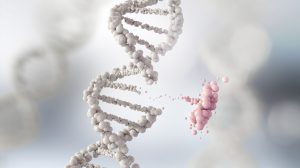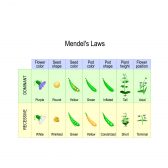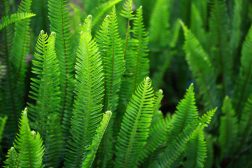Definition
noun, plural: plasmablasts
An antibody-producing stem cell that could give rise to another of its kind or differentiate fully into a plasma cell
Supplement
B lymphocytes, or simply B cells, are a type of lymphocytes responsible for humoral immunity. These cells have specific surface receptors called B cell receptors (BCRs). The BCRs enable the B lymphocyte to bind to a specific antigen. Unlike T cells’ receptors that connect to antigen on the cell surface of infected cells, the BCRs of the B cell can bind directly to the antigens on the surface of the pathogen (e.g. viruses, bacteria). There are different types of B lymphocytes and one of them is called a plasmablast.
A plasmablast is the precursor of plasma cell. It is derived from an antigen-presenting B cell that proliferated. An antigen-presenting B cell is a B cell that encountered and internalized an antigen via a receptor-mediated endocytosis. After processing, the B cell presents antigenic peptides loaded into the MHC class II molecule on its cell surface. In the germinal centers of the secondary lymphoid organs such as spleen and lymph nodes, the B cell, now with the antigenic peptides on MHC class II, is recognized by T-helper cell. The T-helper cell then activates the B cell to proliferate. Some of the newly produced cells will differentiate into memory B cells while others, into plasma cells.
In the plasma cell lineage, the precursors are referred to as plasmablasts. These stem cells are capable of dividing to yield more cells that may differentiate later into plasma cells. They are also capable of secreting antibodies. The plasmablasts may also serve as antigen-presenting cell when they internalize antigens. Plasmablasts may either stay as such for several days and die eventually or differentiate fully into a plasma cell.
Also called:
- plasmacytoblast
See also:







